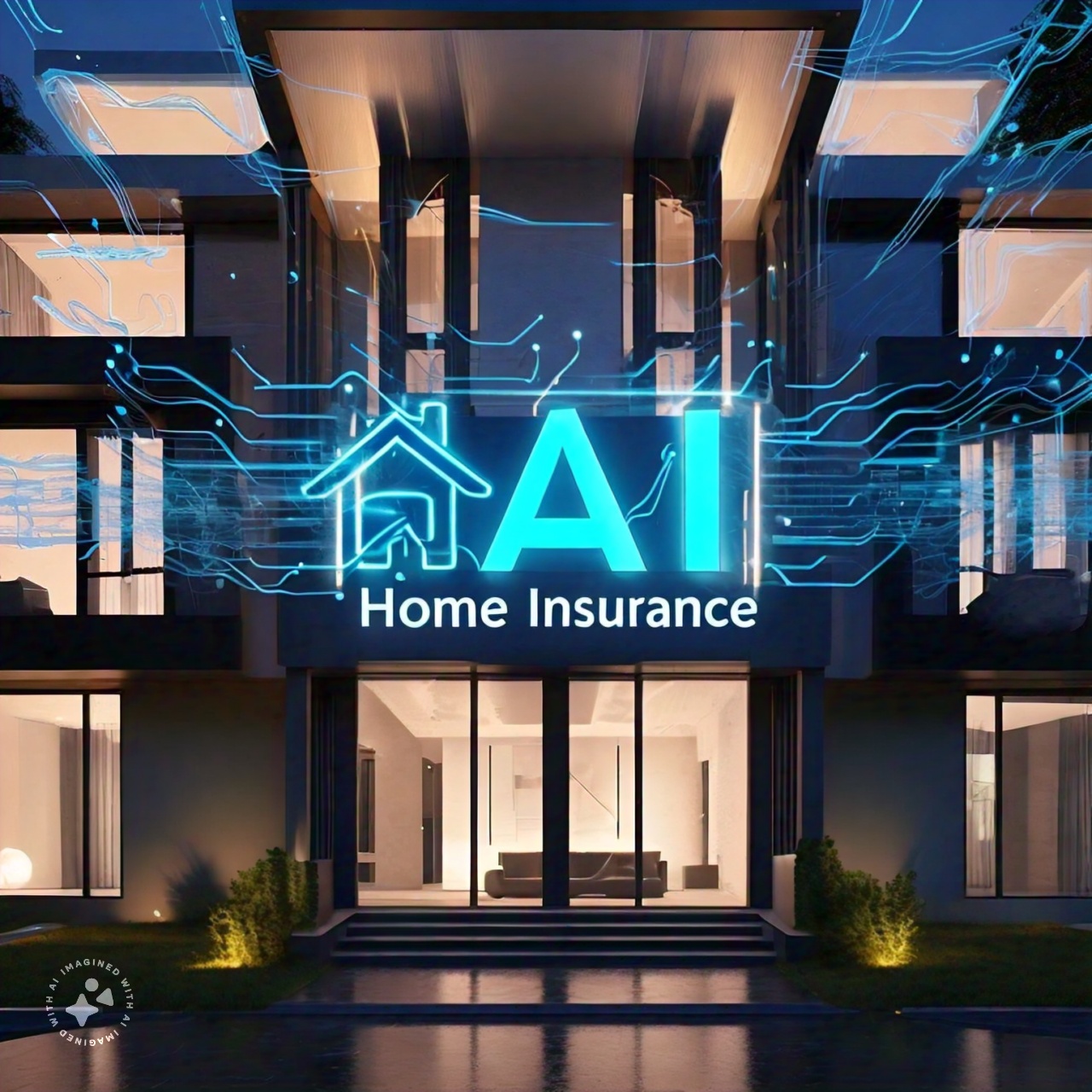
Artificial Intelligence (AI) is rapidly transforming various industries, presenting both immense opportunities and significant risks. As AI becomes more prevalent, it raises complex questions about liability and insurance in the event of accidents or damages caused by AI-powered systems. This article critically examines the risks associated with AI and explores the evolving landscape of insurance to address these challenges.
Property Damage and Physical Harm
AI-powered systems, such as self-driving cars and industrial robots, have the potential to cause property damage or physical harm. For example, a self-driving car may malfunction and collide with other vehicles or pedestrians, resulting in injuries or fatalities.
Privacy and Security Breaches
AI systems often process vast amounts of data, which raises concerns about privacy and security. Cyberattacks or system failures could lead to sensitive personal information being compromised, causing reputational damage and financial losses.
Economic and Social Disruption
The deployment of AI systems can disrupt established industries and job markets. Automation and algorithmic decision-making can lead to job displacement, exacerbating economic inequality and social unrest.
Bias and Discrimination
AI systems trained on biased data may perpetuate unfair outcomes. For instance, facial recognition software trained on predominantly white faces may exhibit lower accuracy in identifying people of color. This bias can have severe consequences, such as wrongful arrests or denial of services.
Traditional Insurance Models vs. AI-Specific Coverage
Traditional insurance policies may not adequately cover AI-related risks due to their specific and often unforeseen nature. Insurers are developing specialized AI-insurance products to address these gaps.
Liability Determination
Determining liability in AI-related accidents is complex. Traditional notions of fault and negligence may not be easily applicable when AI systems are involved. Insurers must collaborate with legal experts to establish clear liability frameworks.
Regulatory Challenges
Government regulations are evolving to address AI-related risks. Regulators are working to set standards for AI development, deployment, and accountability. These regulations will impact the insurance landscape by influencing liability assignments and insurance requirements.
Industry Surveys and Reports
A survey by Accenture found that 78% of insurance executives believe AI will significantly impact their industry over the next five years. The report highlights the need for insurers to adapt their products and services to address AI-related risks.
Tesla Self-Driving Car Accidents
Tesla's Autopilot self-driving system has been involved in several fatal accidents. These incidents have raised questions about the liability of manufacturers and drivers in the event of AI-related crashes.
Facial Recognition Bias
Amazon's Rekognition facial recognition software has been criticized for showing bias against people of color. Such bias raises concerns about the use of AI systems in law enforcement and other sensitive applications.
1. AI presents significant risks, including property damage, privacy breaches, economic disruption, and bias.
2. Traditional insurance models may be insufficient to cover AI-related risks, leading to the development of specialized AI-insurance products.
3. Determining liability in AI-related accidents is complex and requires collaboration between insurers, legal experts, and regulators.
4. Government regulations are evolving to address AI-related risks, impacting the insurance landscape.
5. The evolution of AI-insurance is ongoing, with industry surveys and real-life examples shaping the development of new approaches and solutions.
The future of liability in the age of AI is uncertain. As AI systems become more sophisticated and integrated into various aspects of our lives, the need for clear liability frameworks and robust insurance coverage will become increasingly critical. The evolving landscape of AI-insurance presents both challenges and opportunities for insurers to innovate and adapt to the changing risk landscape.
Continued research, collaboration, and regulatory oversight are essential to ensure that the development and deployment of AI systems are balanced with appropriate mechanisms to mitigate risks and protect individuals and society.

0 Comments: